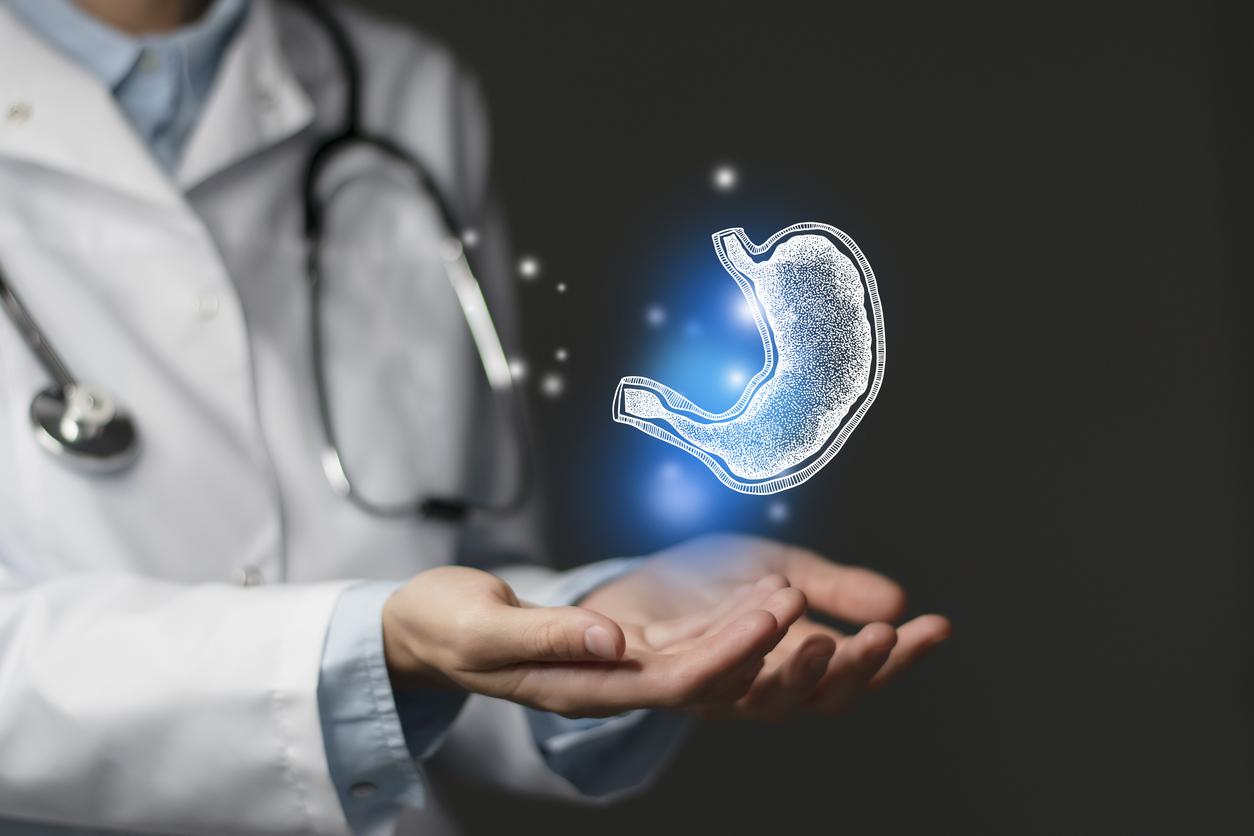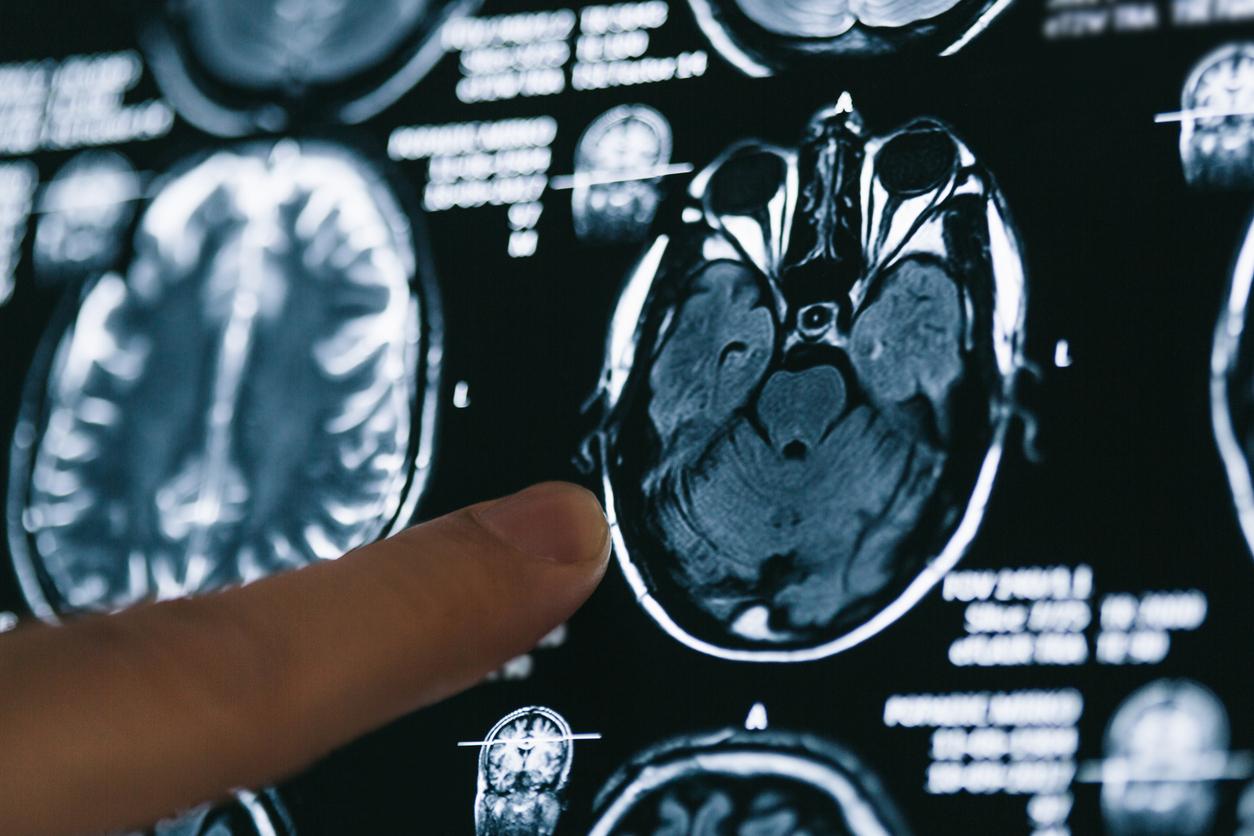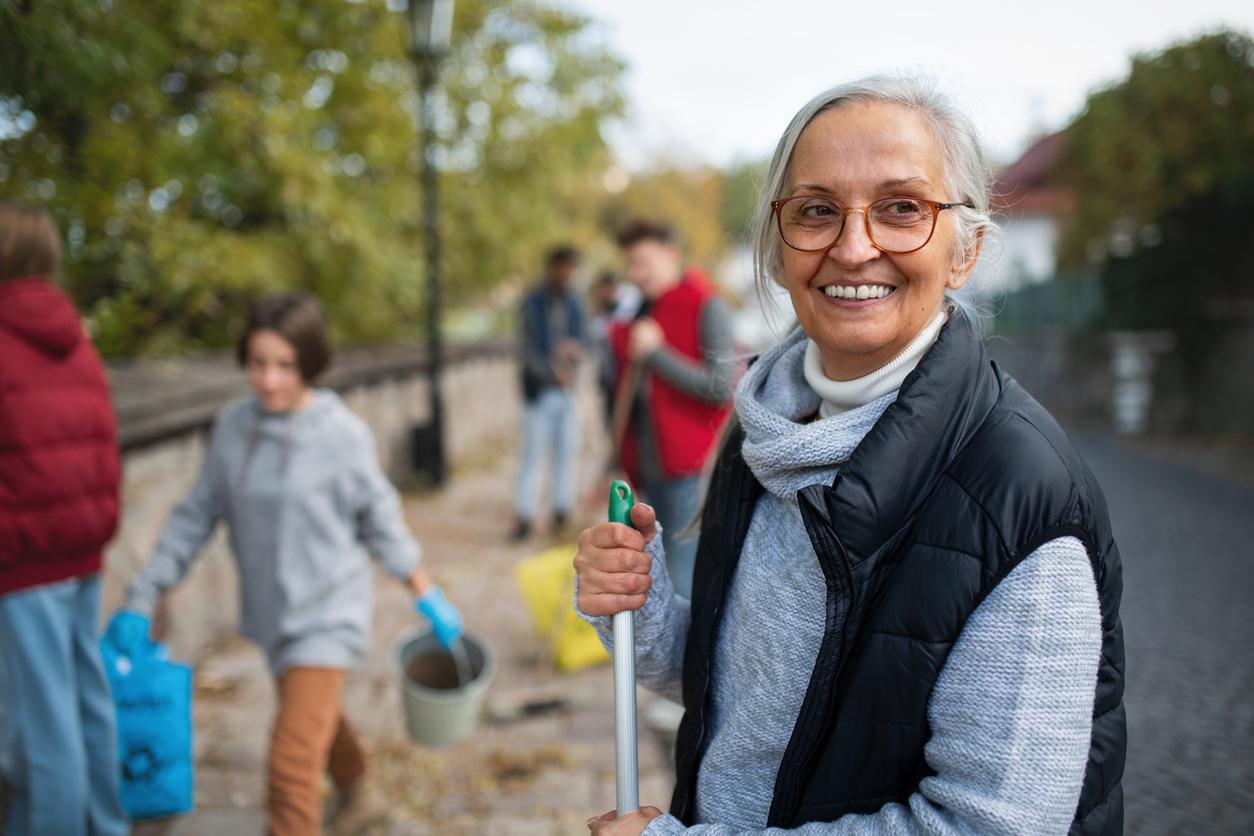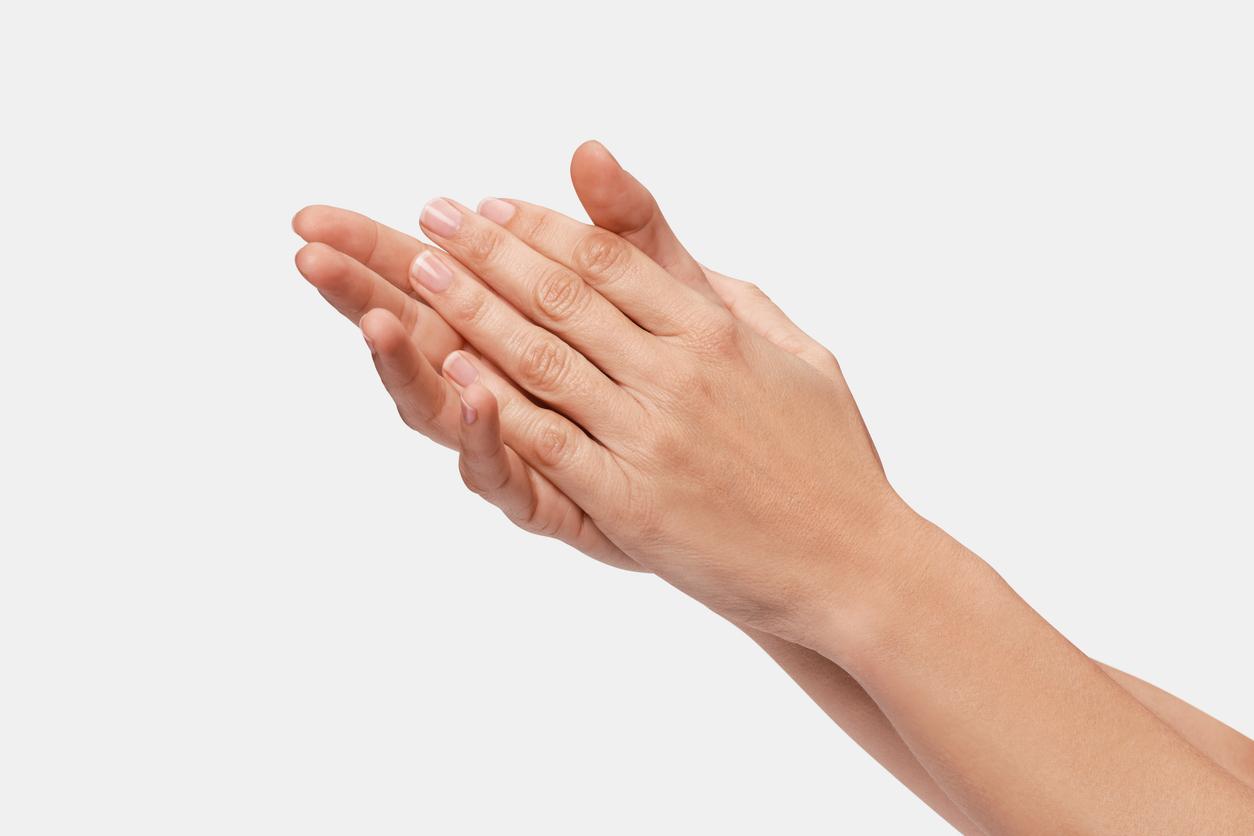The 2018 edition of the Telethon takes place this weekend. The charity event finances, thanks to donations, many research projects on rare genetic diseases. What are the results obtained?

More than 80 million euros in 2016, 75 million last year… Every year, and for 31 years now, the Telethon has been filling up with donations throughout France. Hopefully it will be the same this weekend.
The aim is to fund research into rare genetic diseases, such as myopathies. There is a laboratory of the association AFM-Telethonthe Genethon, in which more than two hundred scientists develop treatments. And the results are already there!
Research that is already yielding results
There are currently between 6000 and 8000 rare diseases. About 200 are neuromuscular. Among these diseases is myotubular myopathy, which causes children to lose muscle tone. Since last year, a treatment has been in clinical trial. It is the first drug for this disease, which took nine years to develop.
Similarly, a treatment for a liver disease, Criggler-Najjar disease, has been implemented. After five years of research, scientists are ready to start a clinical trial.
The Généthon laboratory predicts that by 2022, five products tested thanks to donations will be able to be administered to patients suffering from diseases of the muscles, liver or immune system.
Today, children have already been able to heal thanks to donations from the French, such as young Sethiwith Wiskott-Aldrich syndrome.
Improving diagnosis
While the primary aim of the Telethon is to develop treatments, donations are also used to improve diagnosis and the daily lives of patients and their families. For example, the AFM-Téléthon association has created the profession of health course referent, whose role is to facilitate the link between the sick person, their family and their medical environment.
Very important point, the money raised each year also helps to develop the diagnosis of rare diseases. This requires better training of doctors in these pathologies, but the association also subsidizes multi-site reference centers for the management of rare diseases (CRMR), labeled by the Ministry of Health. Children and families have access to different specialists (neurologists, cardiologists, pulmonologists or even psychologists) and to high-throughput genetic sequencing.
.
















